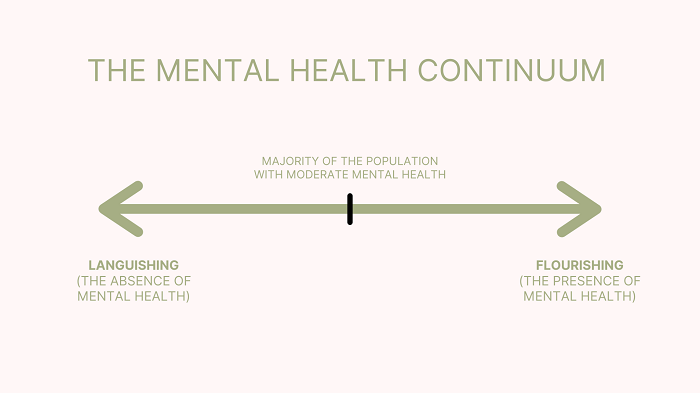Perhaps for the first time ever in human history is the whole world going through collective grief. There is uncertainty everywhere. Your family and friends are constantly worried and anxious about their health and yours, and you, in turn, are worried about their health and betterment.
Productivity has taken a hit, sleep patterns have changed, work-from-home is still a thing, and you’re probably taking fewer showers than you did before. You’re neither moving forward nor backwards, just wandering around doing your daily chores without any sense of satisfaction. If all of this sounds familiar, it’s because there is an actual word for this feeling – languishing.
In his recent article for The New York Times, Adam Grant called languishing the “neglected middle child of mental health”. The word is just now gaining popularity, but languishing is not a particularly new phenomenon – although it’s more relevant now than it was ever before. It was sociologist Corey Keyes who first described languishing after studying around 3000 adults in North America.
Keyes described languishing as “emptiness and stagnation” that constitutes a life of quiet despair. In simple terms, individuals who describe their lives as “empty”, “hollow”, “a shell”, and “a void”, are languishing. What’s the opposite of languishing, you may ask? Keyes had an answer for that, too, which he called flourishing – a state of positive emotion and effective psychological and social functioning.
Mental Health is a Continuum
What Keyes established with his research was that mental health is a continuum that goes from languishing to flourishing and that a majority of the people (56.6%) fall right in the middle of this continuum.
Languishing has been associated with not being able to manage household activities or workouts and it is also an explanation for poorer functioning. Research has also shown that individuals who are languishing are more prone to experience depression.
It becomes pertinent to then identify these symptoms and intervene at an early stage, particularly because symptoms experienced during languishing are often “clinically insignificant” for a proper diagnosis and they do not warrant intervention, at least not in the clinical sense.
Because mental health is a continuum, it is very common for individuals to oscillate between languishing and flourishing, and not everyone can languish or flourish all the time. Individuals flourishing can drop down to languishing and vice-versa.
What this continuum tells us, and something that was later confirmed is that the opposite of mental illness is not mental health. An individual can have a high level of positive mental health even with the diagnosis of a mental illness.
Simply put, an individual can be mentally ill and mentally healthy at the same time, and the absence of any mental illness does not mean the individual is mentally healthy.
What You Can Do To Flourish
There are several areas that researchers have identified which can help individuals improve their mental health from languishing to flourishing.
1. Self-acceptance
Perhaps the most important aspect is self-acceptance is being able to accept every little facet of yourself – both the positive and negative. You need to recognize your limitations or weaknesses and not let them affect the ability to accept yourself.
2. Positive relationship with others
It is important to establish positive relationships with your family, friends, or loved ones. These relationships should involve empathy, intimacy, and most importantly reciprocation. These relationships should encourage “we” and not “I”.
3. Personal growth
Personal growth involves mental, physical, social, emotional, and spiritual growth that allows you to live a productive life and adjust to your environment. This lets you identify and nourish your feelings, too.
4. Purpose in life
This is possible through goal setting. Goals are either determined by your belief system or the environment around you. Simple goals, like cleaning your wardrobe, go a long way in affirming a sense of direction. This helps in setting and achieving bigger, personal goals.
5. Mastering your environment
Your environment includes situations you are in, your physical well-being, and your emotional well-being. All these three factors are dynamic, in the sense neither are constant over time. Mastering your environment is then the ability to shape the world around you (to an extent) to meet your needs – emotional and physical.
The first step in this process is usually identifying the effect your environment has on you and your decisions and then working from there.
6. Autonomy
Autonomy is the belief that you, and not others or fate or luck, are in control of what happens to you. Owning up and taking responsibility for your actions is integral to the feeling of autonomy.
7. Social well-being
While the above factors are more about your psychological well-being, Keyes also emphasised social well-being. This majorly involves how you view your society around you, are you accepting of others, do you feel like you are contributing to your society, understanding what is happening in your society, and a sense of belonging to your community.
These pointers might help you improve your overall mental health and get you closer to flourishing, but you must understand not everyone can flourish all the time, and that feelings of languishing are extremely common, more so during times like these.
If you feel languished, it might be time to address that feeling.


